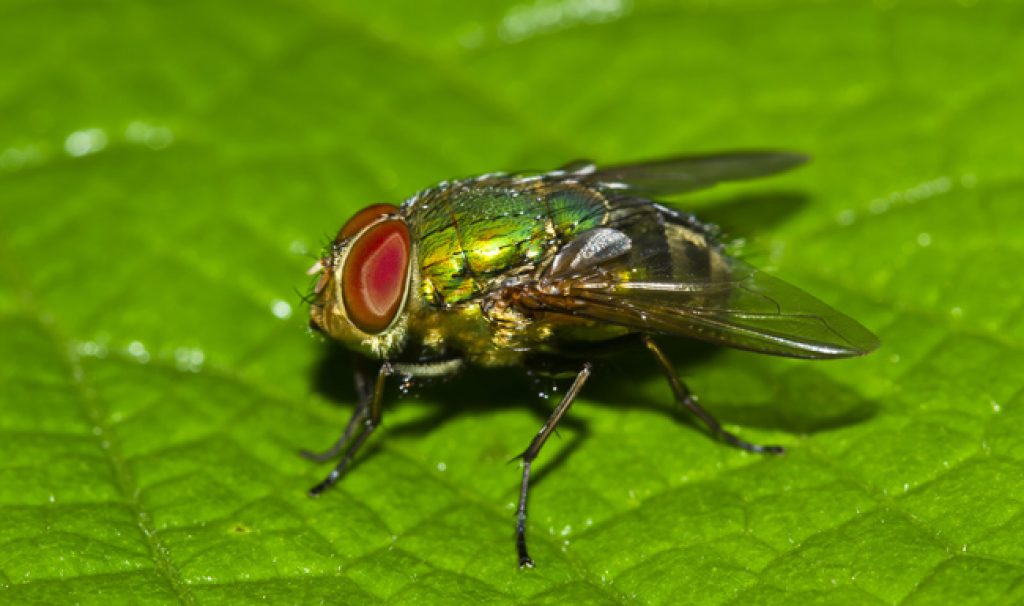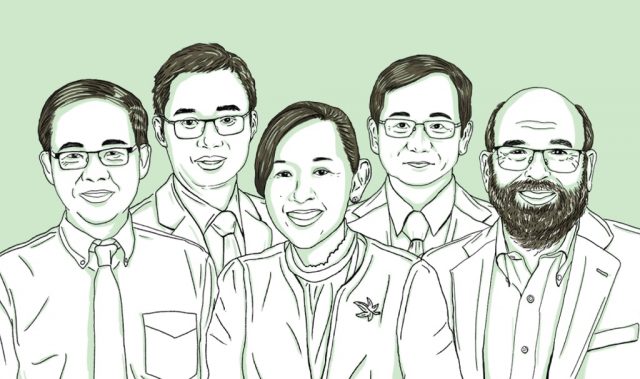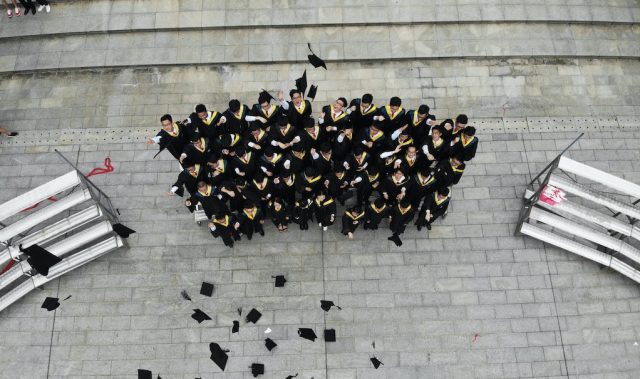
AsianScientist (Mar. 25, 2016) – Anxiety disorders are the most prevalent of all brain disorders, and yet there’s been little progress in drug treatments for anxiety in more than 50 years. Now, a study into fly anxiety by researchers in Singapore sheds light on the fundamental mechanisms underlying anxiety and point the way to new anti-anxiety treatments. Their work was published in Current Biology.
One of the outstanding puzzles in psychiatric research is that even though it’s clear that serotonin plays a role in anxiety, widely prescribed serotonin-related drugs like Prozac show little efficacy on emotional disorders. They hope to gain new insight into this “serotonin paradox” by studying the role of this neurotransmitter in fly anxiety.
“Anxiety research in rodents has been frustrated by the small sample sizes typically used in experiments and the complexity of the mammalian brain,” says lead author Professor Adam Claridge-Chang of Duke-NUS Medical School in Singapore.
“Using flies lends the advantages of a smaller animal brain, more sophisticated genetic tools, and greatly larger sample sizes. Evolutionary conservation of function between animal species means findings in fly could eventually be translated into rodent anxiety research.”
Dr. Farhan Mohammad, the study’s first author, got the idea to study anxiety in flies after noticing that the insects follow walls when in an enclosed chamber. He knew that rodents in that situation do essentially the same thing.
“Wall-following behavior in rodents has long been linked to anxiety, so I hypothesized that fly wall-following was also related to anxiety,” Mohammad says.
As evidence that the behavior the flies were showing was related to anxiety, the researchers found that flies followed the walls less closely when they were treated with Valium, a classic anti-anxiety medication. Genetic manipulation of serotonin-related genes also influenced anxiety-like behaviors in a manner similar to what has been reported earlier in mice.
Finally, Mohammad and Claridge-Chang showed that flies began to follow walls more when they were put under heat stress. The flies’ apparent anxiety also increased as a result of ten days in solitary confinement, away from other flies. These effects were linked to changes in an important stress hormone receptor. The researchers also identified several new genes related to anxiety behavior in flies.
The findings reveal that anxiety is an emotion with evolutionarily ancient genetic and neuronal pathways, the researchers say.
“Our discovery confirms a very old natural history for the mechanisms underlying this self-preservation emotion, at least to the last common ancestor of flies and humans,” says Claridge-Chang, noting that this ancestral species swam in the oceans around 700 million years ago.
Genetic experiments in the fruit fly Drosophila have already elucidated the neuronal and molecular basis of circadian rhythms, sleep, animal courtship, pain, hunger, aggression and many other behaviors. The researchers say they now believe that flies can do the same for anxiety.
The article can be found at: Mohammad et al. (2016) Ancient Anxiety Pathways Influence Drosophila Defense Behaviors.
———
Source: Cell Press; Photo: Shutterstock.
Disclaimer: This article does not necessarily reflect the views of AsianScientist or its staff.












